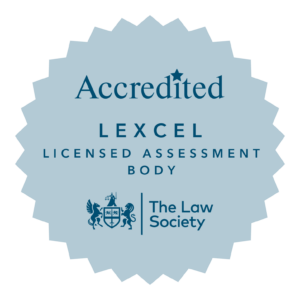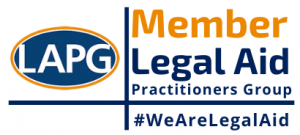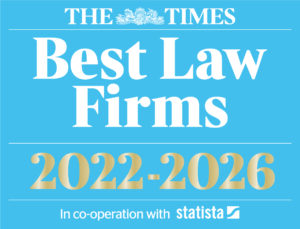The President of the Family Division, Sir James Munby QC, has recently produced new guidance addressing what he believes to be one of the most pressing issues facing the family courts: its lack of transparency. This follows his comments made in 2013 that he was “determined to take steps to improve access to and reporting of family proceedings”. His intention was to avoid the accusation that the family courts are a “system of secret and unaccountable justice”.
This is a timely change, as pressure grows from the media and general public in relation to the transparency of the family courts and the Court of Protection, to which this guidance also applies. The recent Panorama special I Want My Baby Back explored some of these issues. Delving into what it described as the “secretive world of the family courts” the programme met Amy, whose child was taken away whilst suspected non-accidental injuries were investigated, only to be returned years later when an obscure medical condition was found to be the cause.
Members of Parliament have also entered the debate. Liberal Democrat MP John Hemming, who is the chairman of the Justice for Families campaign group, has urged families potentially subject to care proceedings to go abroad, assuming it is legal to do so. This is, he says, because families “can’t get a fair trial here, because you can’t rely on the evidence being fair”.
Sir James’ changes will hopefully begin to address some of these concerns by providing families, practitioners and the general public with a substantial source of information which sheds light on the reasoning behind certain decisions.
At the present time, it is a contempt of court to publish judgments of the family courts involving children. The exceptions are where the judgment has been delivered in public or, if delivered in private, the judge has authorised publication, with this authority usually being given on the basis that an anonymised version of the judgment is created.
From 03.02.14, there will be two types of judgment: those that the judge must ordinarily allow to be published and those that may be published.
In relation to those that the judge mustordinarily allow to be published, permission should always be given where the judge concludes that publication would be in the public interest, whether or not a request has been given by one of the parties or the media. Unless there are compelling reasons not to publish, the judge must also ordinarily allow publication where there is a judgment in publishable form or if an order for transcription has already been made in certain types of case. These cases include substantial fact finding hearings, for example where serious allegations of sexual or physical abuse have been explored; cases involving adoption orders; and any case where an order making or refusing the deprivation of liberty has been made. This last category should lead to a large number of useful and important judgments being published, as it is quite common for a transcription to be ordered in fact finding hearings in particular.
In all other cases, the starting point will be that permission for publication may be given whenever a party or accredited member of the media applies for such permission.
Importantly in terms of transparency, the guidance indicates that public authorities and expert witnesses should be named unless there are compelling reasons not to. Children and their family members, however, should normally remain anonymous
Furthermore, in order to make any judgments published available to as many people as possible, many of them will be placed on the free-to-access website of the British and Irish Legal Information Institute (BAILII) as a matter of course. Others will be placed on there at the discretion of the judge.
Initially the changes will be brought in through the issue of further guidance and Practice Directions aimed at judges and practitioners, but in time substantive changes to the Family Procedure Rules 2010 are envisaged. The guidance, which takes effect from 03.02.14, applies to all judgements delivered in family courts by Circuit Judges, High Court Judges, and persons sitting as High Court Judges. This excludes, therefore, magistrates and District Judges, which hear a large number of cases, although this is subject to change in the future.
As mentioned above, it is to be hoped that the increased publication of judgments made in the family courts will help the media and general public to understand the reasons behind certain decisions. Such decisions are not, of course, always correct, and it may be that a more extensive bank of judgments will help practitioners, families and the media to decide when cases have been conducted badly or decided wrongly. With this tool at their disposal, hopefully the media will then be able to comment on cases in a fairer and more informed way than at present.
Ben Stevens
3 February 2014


